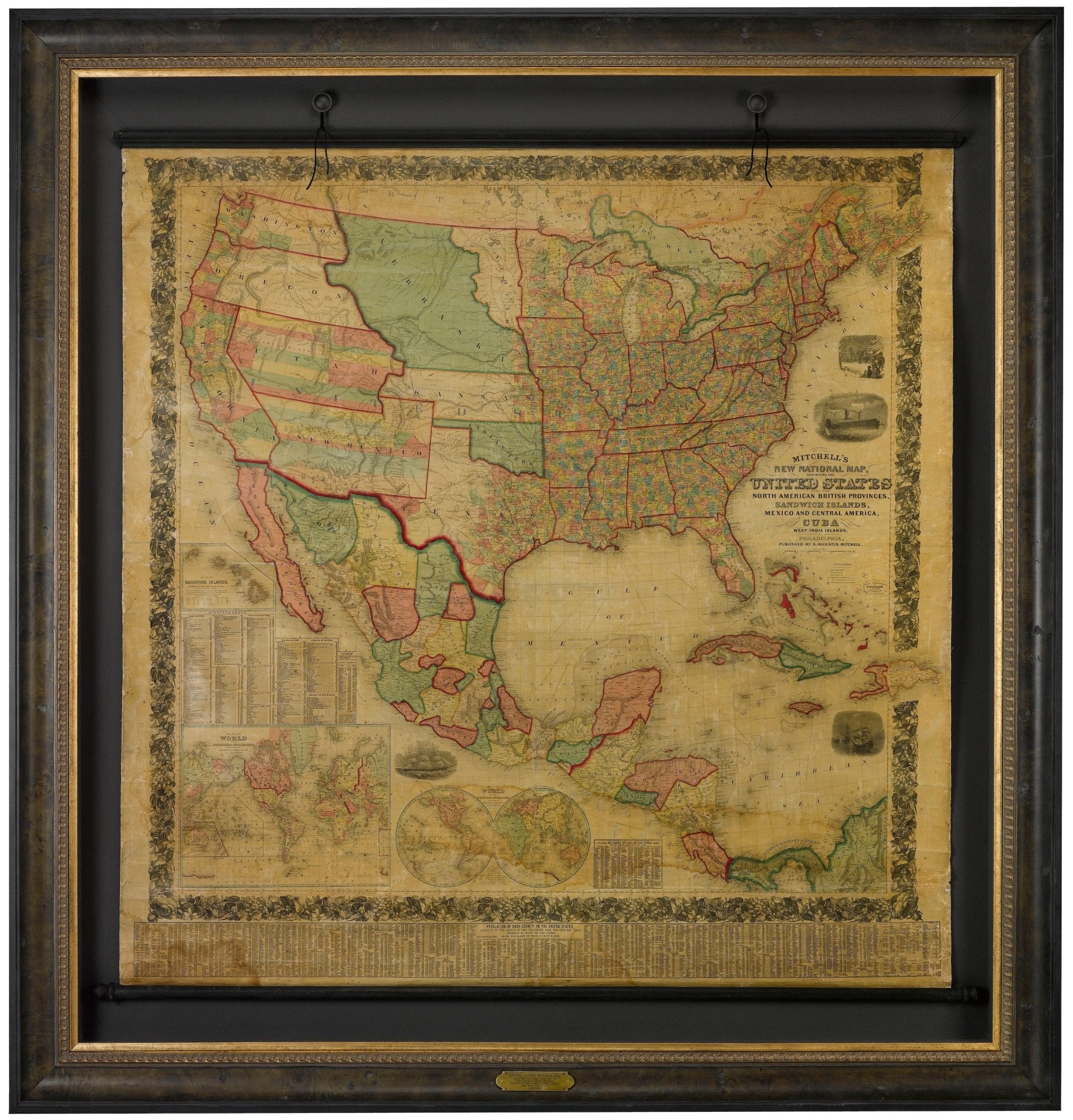Yellowstone: The World's First National Park
Yellowstone is one of the most visited natural parks in the country- attracting over 4 million visitors annually, its beauty and grandeur is renowned by all who visit. However, the services, protections and regulations that are in place today are all thanks to passionate 19th century environmentalists, who made it their mission to convince Congress of Yellowstone’s immense natural value. One such environmentalist was a painter from Pennsylvania - Thomas Moran. His illustrations and artful renditions of the park’s diverse geography provided a stunning visual aide to accompany Hayden’s verbal praises of the park’s natural beauty. Let’s take a deeper dive into the history surrounding Yellowstone National Park, and its incredible legacy as the world’s first recognized national park.
Thomas Moran was not among the first to witness Yellowstone; multiple indigenous tribes and peoples inhabited the land for some 11,000 years before colonization of the Americas began. The rich flora and fauna of the park provided a haven for wildlife for tens of thousands of years, a fact that did not go unnoticed by early explorers and fur traders. There are several reports from the Lewis and Clark 1806 expedition written by members who ventured separately into the park and discovered geothermal activity. Explorers frequently commented on the sheer size and stunning nature surrounding them, but no serious efforts to survey the land were made until the park was in danger of being subject to private development. For the decades following, portions of the greater Yellowstone area came alarmingly close to being put up for private auction.
The urgency of the situation became all too clear for the famed geologist Ferdinand Hayden, who used this as his primary motivation for thoroughly surveying the land surrounding Yellowstone. Hayden began organizing an expedition immediately, enlisting the help of some 50 men for his survey, most notably including photographer William Henry Jackson, sketch artist Henry Wood Elliot, and none other than Philadelphia painter Thomas Moran. The survey secured funding from Jay Cooke, the director of the Northern Pacific Railroad at the time, and also a large supporter of the cause, mostly for business purposes.
The Hayden Geological Survey of 1871, with Jackson behind the camera, Moran behind the canvas, and Elliot behind a sketchbook, was the last of 3 major expeditions that led to the creation of the park as protected federal land. Thomas Moran spent 40 days working on illustrations of over 30 different regions in Yellowstone, hoping to capture the diversity and magical quality of the park. When Moran navigated his youth as an aspiring artist, he was greatly inspired by William Turner’s highly stylized approach to painting nature. We see evidence of this influence in Moran’s brushwork, choice of landscape, embellishing of reality for dramatic effect, and use of vivid color.
Through captivating illustrations, photographs, paintings and passionate rhetoric, Hayden was finally able to capture the attention of the government. Thanks to their reports, the United States Congress established Yellowstone National Park just six months following the Hayden Expedition. On March 1, 1872, President Ulysses S. Grant signed the Yellowstone National Park Protection Act into law, and thus, the world’s first national park was born.
The Yellowstone National Park Protection Act declared… “the headwaters of the Yellowstone River … is hereby reserved and withdrawn from settlement, occupancy, or sale … and dedicated and set apart as a public park or pleasuring-ground for the benefit and enjoyment of the people.” In an era of aggressive expansion, the federal government had the foresight to set aside land deemed too valuable in natural wonders to develop. In this stunning Northern Pacific Railroad poster, "Yellowstone Park", a reproduction lithography of Thomas Moran's famous painting The Grand Canyon of the Yellowstone, 1871 is highlighted front and center in bright, beautiful colors to advertise their Yellowstone Park Line. Because of advertisements such as these, Yellowstone continues to attract visitors worldwide, and inspires states and countries worldwide to protect and preserve the nature around us.
Visit our full inventory of Yellowstone Park items here.
Want to learn more? Check out our other blogs relating to Yellowstone and its history.







